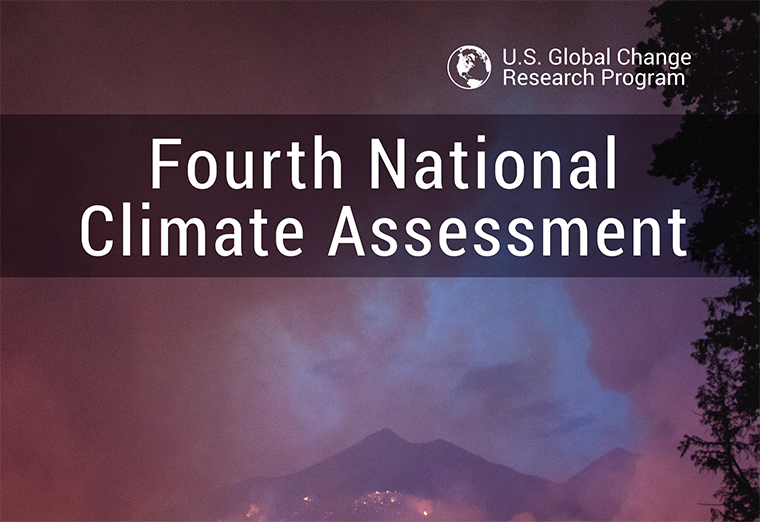Scientists agree that it is no longer reasonable to assume the future will resemble the past, as far as Earth’s climate is concerned. The fourth National Climate Assessment, released Nov. 23, is clear: On a global scale, what efforts are being made to mitigate and adapt to the the future are insufficient to forestall devastating effects on our ecology, our health or our cultural well-being.
Released on Black Friday to less fanfare than a 10-percent-off deal, the assessment also lays bare the potential costs that the world — including the United States — could face absent swift and sweeping change.
While the top office in the nation disputes the evidence-based claims of the report, Washington University in St. Louis experts from all corners of academia long have been studying climate change in the context of their own fields. Here is a sampling of their assessments:
The Brown School’s Lora Iannotti on malnutrition
“Regions with the highest prevalence of stunting, a chronic form of malnutrition, are those also experiencing the negative impacts of extreme weather events such as drought and floods,” said Lora Iannotti, associate professor at the Brown School and associate dean for public health.
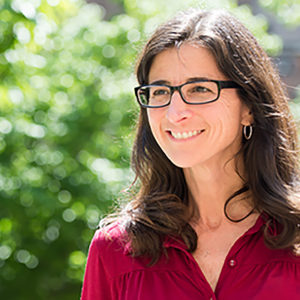
“So-called ‘small holders’ produce 80 percent of food in developing countries and often lack resources, infrastructure and safety nets to respond to these events,” she said. “Most are dependent on rain-fed agriculture and have seen diminishing production in the wake of climate change.
“Climate change through multiple mechanisms, such as increased infection and other health implications, reduced access to high quality foods, or diminished food production and lost income, will compound the poverty-malnutrition consequences if trends continue.”
The School of Engineering & Applied Science’s Daniel Giammar
on mitigation
“Thanks to this report, we can now weigh the cost of climate change versus the cost of mitigation,” said Daniel Giammar, the Walter E. Browne Professor of Environmental Engineering in the School of Engineering & Applied Science.
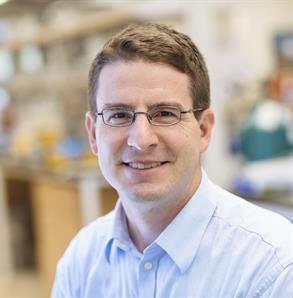
“We currently have three main ways to reduce the emission of carbon dioxide into the atmosphere,” Giammar said. “We can use more renewables, a shift we have been slowly making in the United States. We can transition from coal to natural gas, which helps,” he said, “though isn’t a long-term solution.
“Then there’s carbon capture and sequestration,” or capturing carbon and storing it in a way that keeps it from entering the atmosphere, where it would otherwise contribute to warming, he said.
Giammar noted that this approach has already been demonstrated at scale with projects that have sequestered more than one million tons of carbon dioxide underground, and this is an approach that his research group has studied.
At the moment, the main barrier to implementation is economics, he says, because it’s free to emit carbon dioxide.
“The report looks at the costs of doing nothing,” Giammar said. “The benefits of mitigation are now quantified. It’s a good guide for what determining we’re willing to pay.”
The School of Law’s Maxine Lipeles
on current destructive, delaying policy
The administration’s climate policies are putting the U.S. at risk.
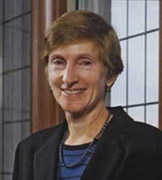
“Since President Trump took office, he has been directing and supporting efforts to weaken limits on greenhouse gas emissions and to protect the coal industry from market forces, which have made coal-fired electricity more expensive than renewable energy,” said Maxine Lipeles, senior lecturer in law and director of the Interdisciplinary Environmental Clinic.
“While this thorough, lengthy report was released over the Thanksgiving weekend, when many were more focused on family and football than on news, it will undoubtedly get considerable attention in the lawsuits challenging climate-related rollbacks,” she said.
“The courts typically give agencies considerable discretion to exercise judgment, but the agencies have to show a rational basis for their decisions and the well-documented science in this report calls for tighter, not weaker, limits on greenhouse gas emissions.”
Olin Business School’s Glenn MacDonald on economic numbers
“Forecasting long term trends in climate is a difficult exercise, but at least there is some data underlying the forecast,” said Glenn MacDonald, the John M. Olin Distinguished Professor and director of the Center for Research in Economics and Strategy at Olin Business School.
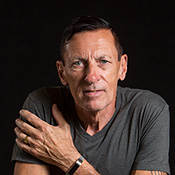
“But predicting how countries, businesses, consumers and technology will adapt to climate change over an extended period, and how such adaptations will impact climate change itself, is a much greater challenge since our experience is so limited. For this reason, this economic forecast should be thought as one example of what might happen.”
Perhaps, MacDonald said, it’s more useful to look at it from a risk-management approach.
Arts & Sciences’ Michael Wysession on climate at every grade level
Even the youngest students are ready to learn about climate science, according to Michael Wysession, professor of Earth and Planetary Sciences in Arts & Sciences and co-author of a position statement on the topic adopted by the National Science Teachers Association in September 2018.
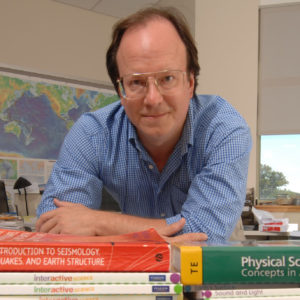
“The Next Generation Science Standards emphasize children devising solutions to the challenges of global warming,” said Wysession. “But it will take study and understanding, and we need to do everything we can now to make sure that our students have the tools, interest and motivation they need to meet these challenges.”
“As the recent National Climate Assessment report shows, the severe impacts of climate change are already affecting humans through severe weather events, decreases in agricultural production, damages to the national economy and destruction of the biosphere,” Wysession said.
“These impacts will be greatest for our children and their children — emphasizing the extreme importance of educating students about the ways that they can design solutions for the future challenges of climate change,” he said.
